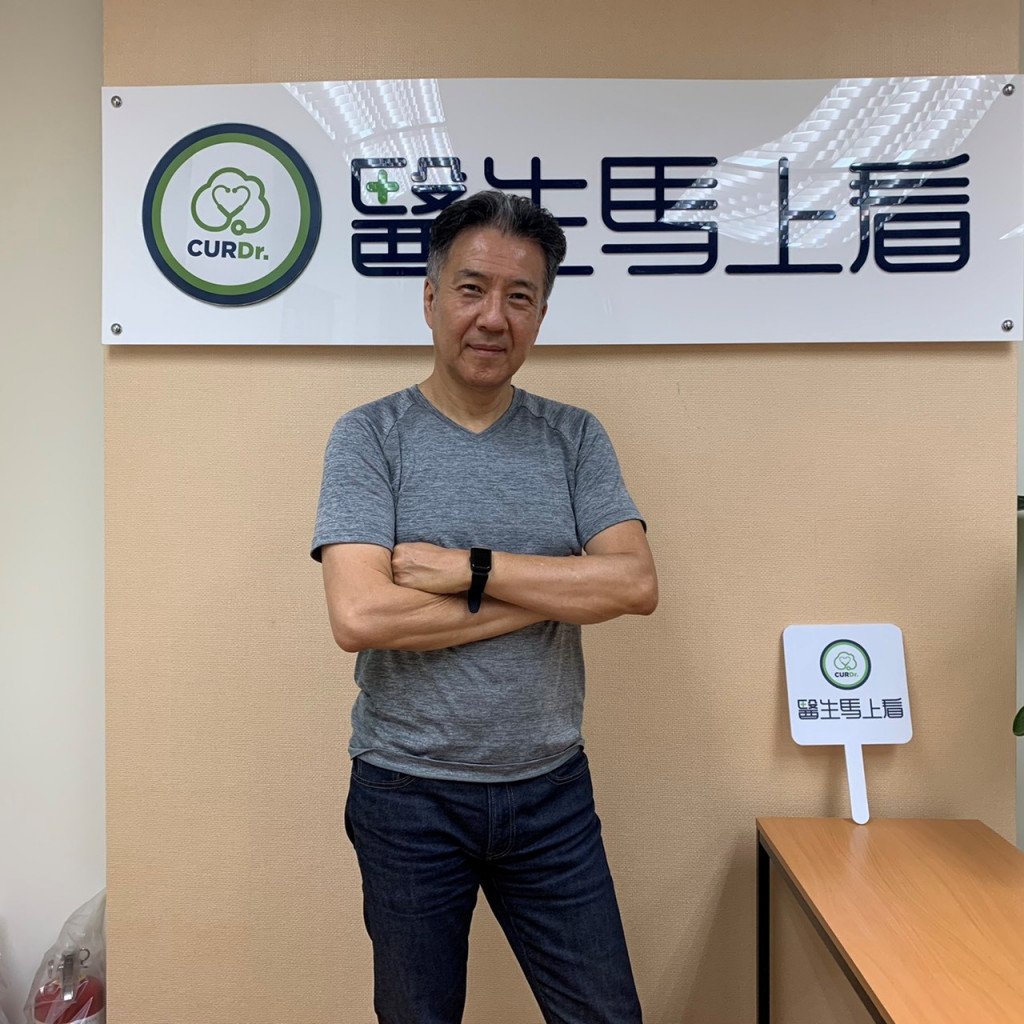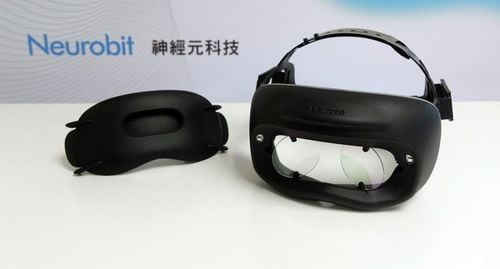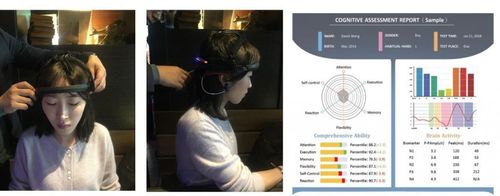【2020 Solutions】 Venture Capital Veteran Returns to Taiwan to Create the First Remote Medical Platform
Originally believing that Taiwan was not fertile ground for the development of remote medical services, Xu Keyu, founder and CEO of the Health Networking Information Company, was driven by goodwill to build a remote medical collaboration platform for rural areas. The easing of regulations and the isolation caused by the COVID-19 pandemic unexpectedly ignited the demand for remote medical care. 'The wind has risen,' Xu Keyu, standing at the cusp of opportunity, sailed the winds, developed the 'Immediate Doctor View APP' and marked a new milestone in Taiwan’s remote medical services.
Xu Keyu lived in the United States for 20 years and was deeply involved in venture capital, boasting over 30 years of high-tech investment and management experience in Greater China and Silicon Valley. Due to the vast geographic size of the U.S., accessing medical care is challenging, hence remote medical care is quite common, with home-care doctors conducting initial diagnostics and giving treatment advice over the phone.
From a charitable perspective, creating Taiwan's first remote medical platform
After retiring and returning to Taiwan, Xu Keyu participated in rural medical volunteer activities with the Rotary Club. Moved by the scarcity of medical resources in rural areas, where volunteer doctors pay for their own transportation and medication, and differ in time attendance, leading to repeated consultations and resource sharing issues. Therefore, Xu Keyu hopes to promote remote medical services by establishing a cooperative platform, starting from a 'charitable' perspective.
Health Network Information Company's 'Immediate Doctor View' platform offers a system free of charge for volunteer doctors, with features including video recording, video calls, registration, and medical records. Currently, over 200 doctors are stationed on the platform. According to Xu Keyu, there are two models of remote medical services. One is the Smart Hospital model, which is centered around hospitals primarily with the aim of treating diseases, incorporating clinics, pharmacies, cooperative medical labs, and even mobile device providers, with services provided to patients by the hospital integration.
The second model is patient-centered Internet medical treatment, where all medical-related facilities revolve around the patient. The ownership of medical data and records belongs to the patient, not the hospital. Doctors need authorization to access patient data, and patients can also revoke a doctor's authorization. This approach can revamp the physician-patient dynamic, shifting authority back to the patients, also forcing doctors to improve overall medical quality by eliminating weaker elements.

Statistically, there are 58 rural health stations and 15 island health stations across Taiwan, with only fixed visiting family physicians stationed. By using the system platform, only nurses need to operate retinal cameras and related portable diagnostic equipment to immediately get health reports. Once the doctor in the remote location detects an issue, they can quickly arrange referrals, allowing for early detection and treatment, which saves on medical costs and secures health.
Starting from a charitable initiative, providing a field for verification of innovative business models in healthcare, the loosening of regulations brings more possibilities for remote medical care, turning Taiwan, once considered a 'remote medical desert' by Xu Keyu, into a place showing signs of developmental dawn. In response to remote medical services, the Ministry of Health and Welfare officially issued the 'Telemedicine Treatment Measures' on May 11, 2018, relaxing the care targets and modes for remote medical care, which include follow-up for acute inpatients within three months, institutional residential long-term care residents with chronic prescriptions from a medical institution, integrated care related to family doctors, and foreign patients who are not covered by national health insurance but are planning to receive or have received treatment from local medical institutions, all of whom can benefit from remote medical services.
Remote medical services include health education, health promotion, disease prevention, and post-recovery treatments. To protect public health, the Ministry of Health and Welfare will promote the 'Health Passbook' in the second quarter of 2020, aimed at returning the autonomy of health care and medical record data to the public, aligning with Xu Keyu’s philosophy.
The 'Immediate Doctor View APP' primarily targets the B2B market, focusing on corporate employee care. According to a research report by the 104 Job Bank, each year over 100,000 managers resign to take care of elderly family members, causing corporate personnel turnover. If this platform is utilized effectively, through triple video conferencing and full recording, one can accompany their parents for a doctor visit while in the office, reducing the chance of managerial resignations.
Additionally, with the introduction of remote medical care benefits in enterprises, whether on assignment or business trips, personnel can receive timely medical consultation and care, enhancing the company’s ability to retain talent.
Moreover, hospitals or clinics can also create VIP groups through the system platform, providing exclusive home care for VIP clients with significant assets, or for patients with severe conditions, offering appropriate medical resources at all times, reducing costs for hospitals and ensuring better care for patients.
Technology drives remote medical services, with AI+IoT being crucial
Xu Keyu states that technology is the driving force behind Taiwan's remote medical services, with AI and IoT playing key roles. Here, 5G helps solve the fundamental network issues, and IoT devices collect personal physiological information including temperature, heart rate, pulse, and blood pressure. These devices, in conjunction with AI, identify potential issues and provide guidance, assisting doctors in making remote disease diagnoses and offering precise recommendations.
The Immediate Doctor View APP system includes four modules: 1. Communication module, including CTI features which automatically bring up client-related data such as medical history, personal information, and IP address upon phone connection; 2. HIS module; 3. Service support module; 4. Online payment module.
This system has been providing remote medical services to rural areas, expatriates, international students, and travelers abroad since April 2019. Now, whether in rural areas or overseas, during the day or at midnight, patients can immediately access professional medical consultations through the mobile video feature. Xu Keyu believes that the biggest challenge in entrepreneurship is to integrate various stakeholders in the overall ecosystem, including doctors, devices, and data. He has to devise methods and strategies to persuade everyone to join the platform, initially providing resources for free, and plans to adopt innovative business models in the future, charging listing fees, thereby fostering mutual benefits among doctors, patients, corporations, and device providers on the platform, and building a more robust environment for Taiwan's remote medical services.

▲Immediate Doctor View APP development team

▲Health Network Information Company Founder and CEO Xu Keyu
「Translated content is generated by ChatGPT and is for reference only. Translation date:2024-05-19」


